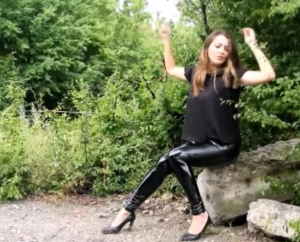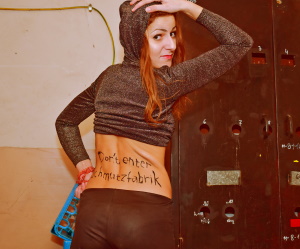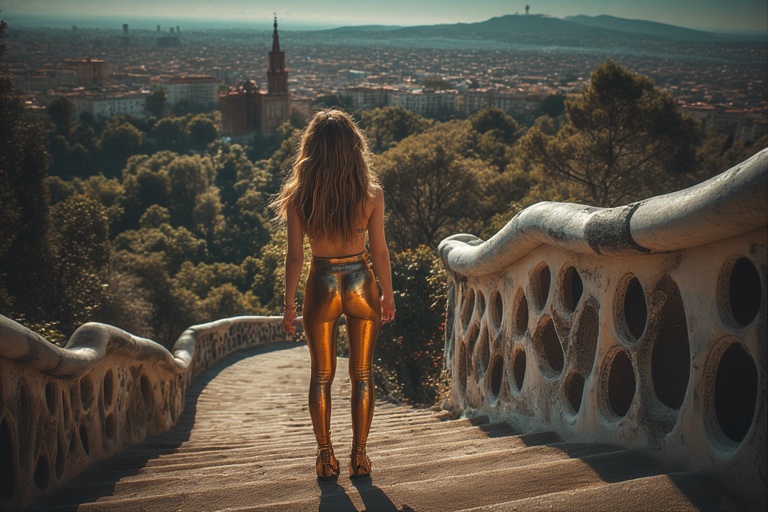Barcelona is one of those cities that seems made for postcards — the sunlit terraces, mosaic-tiled benches, and that view from Park Güell that has launched a million Instagram posts. But behind the selfies and sangria glasses, there’s a growing tension: how much tourism is too much tourism?
For years, the city has danced between love and frustration toward its visitors — grateful for the buzz (and the euros), yet exhausted by the endless crowds. It’s a modern urban dilemma: how to stay open to the world without being trampled by it.
When Paradise Gets a Queue
Every summer, Barcelona becomes something between a beach paradise and a very polite traffic jam. Narrow streets fill with suitcase wheels, buses overflow, and locals learn to navigate their own city like stealthy ninjas.
Over 12 million tourists visit each year — and that’s not counting cruise ship passengers, who sometimes outnumber residents in port areas. Neighborhoods like Barceloneta, once quiet fishing districts, now resemble open-air hostels. Locals joke that their beach towels have to be reserved at dawn — though the laughter is a little strained.
The city government has tried to act. Tourist taxes, limits on cruise arrivals, and restrictions on new hotel licenses have all been introduced. But demand keeps growing, and so does the sense that the city’s personality is being worn down by overexposure.
Authenticity for Sale
Barcelona has always been a performer — it knows how to impress. Yet lately, locals wonder whether the show has gone too far. Traditional markets like La Boqueria, once filled with shouting vendors and neighborhood gossip, are now full of smoothie stands and selfie sticks.
Tapas bars serve “authentic Catalan” dishes that no Catalan grandmother has ever cooked. Even flamenco shows — a tradition from southern Spain, not Catalonia — thrive in the city’s tourist zones. It’s as if Barcelona has started cosplaying as itself.
Still, authenticity isn’t gone — it’s just gone a little underground. You’ll find it in the smaller streets of Gràcia, where neighbors still gather for vermut on Sundays, or in the old bars of Sant Andreu, where nobody cares about your camera settings.
The “real Barcelona” is still there — quieter, slower, and often without Wi-Fi.
Locals Push Back
After years of rising rents, overcrowded transport, and sleepless nights near popular squares, many Barcelonans have had enough. In 2024, protests erupted across the city under slogans like “Tourists go home” and “Barcelona is not for sale.”
Of course, not everyone wants tourists to disappear — the economy depends on them. But what residents are demanding is balance. Groups like Assemblea de Barris pel Decreixement Turístic (Neighborhood Assembly for Tourism Degrowth) campaign for fewer short-term rentals, limits on cruise ships, and stronger protections for local housing.
The city council has responded by banning new Airbnb licenses and launching campaigns that encourage visitors to “respect local life.” There’s even talk of promoting “slow tourism” — fewer crowds, more connection. Because, as one protester said, “We don’t hate visitors. We just want to be able to live in our own city.”
Finding the Balance
Barcelona is learning — sometimes the hard way — that fame comes with a price tag. The challenge now is not to stop tourism but to reshape it. To turn visitors into participants, not consumers.
Because when you think about it, the charm of Barcelona isn’t in the postcards — it’s in the daily rhythm: kids playing football in Plaça del Sol, bakers greeting customers by name, locals debating politics over cortados.
That’s the Barcelona worth discovering — and protecting.






